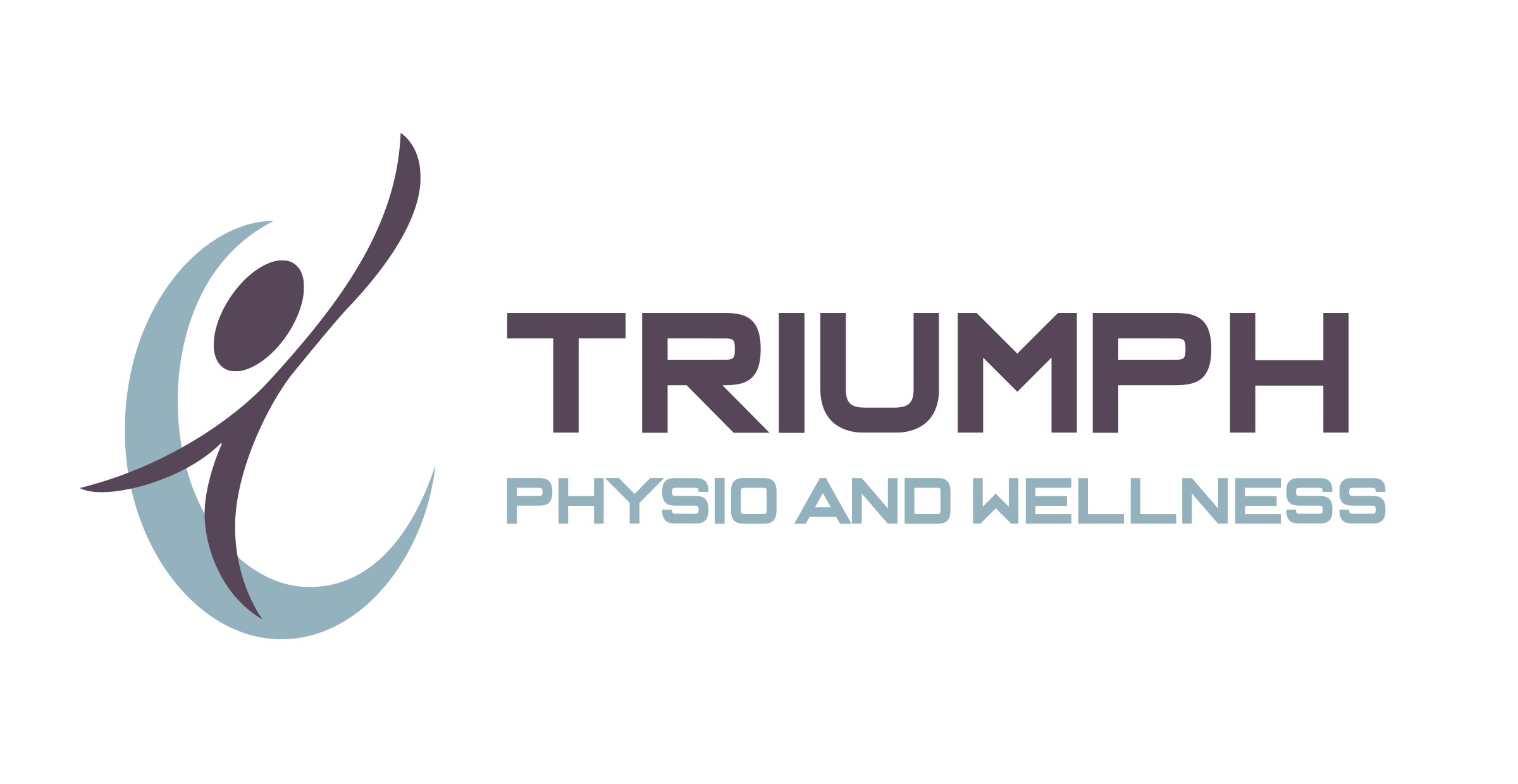When Should I See a Physiotherapist? The Top Signs
Picture this: you’re on your daily morning jog, the sun is starting to shine, and it looks like it’s going to be a beautiful day. Suddenly, you step on a bend in the sidewalk the wrong way. Next thing you know, you’re on the ground, clutching your foot, and maybe there’s a little scrape on your knee. You’re sitting there hoping no one saw you fall “gracefully” on your jog.
In situations like this, it’s natural to feel concerned and at a loss of what to do. Should you carry on with your jog, or go see a physiotherapist at once? How can you tell when it’s the right time? Is there a right time? Here are some good signs on when to go to a physiotherapist for help.
Your injury still hurts…three days later.
Post-injury symptoms range from mild to moderate pain at the site where your injury first occurred. During the first three days of post-accident, your body will try to heal from this, which is known as the inflammation stage. Normally the pain will pass after three days. However, if this stage of healing has passed and you are still experiencing mild, moderate, or severe pain for half of that time, then stop hemming and hawing over when you should see a physiotherapist and go see your doctor right away! It means more serious damage to your body may have occurred.
You can reproduce the pain
If you’ve ever said “Doctor, it hurts when I do this (bend over/reach down/move this way)” then that definitely means it’s time to see a physiotherapist. The injury that has occurred is affecting something very specific in your body. Unless you want to avoid that particular movement for the rest of your life, get an assessment immediately!.
The pain you’ve incurred is constant
Even a low level of intensity from pain is enough to call upon a physiotherapist’s help. Because if that pain is always present, chances are high it is not going to disappear on its own—no matter how many DIY massage articles you may read.
You’ve had a sprain or strain
“What’s the difference?” is a question we’re frequently asked about these two physical injuries! Before we answer that question though, we also need to talk about two different yet similar related things: the tendon and the ligament. The tendon is a strong connected tissue that connects the bone to muscles in your body. Ligaments are similar in that they are strongly connected tissues, however they are located in between bones, connecting one to the next.
The differences are night and day considering the amount of recovery time needed. A sprain is when the ligaments of a joint get twisted so violently that the connecting tissues are torn or stretched. The joint itself remains in place, however. A strain, on the other hand, usually happens when the tendons connecting the muscle to the bone are torn or stretched.
Two types of strains are worth noting: chronic and acute. Acute strains are the result of an injury, for example if you’re ice skating and fall, but then strain a muscle in your leg while trying to regain your balance. Chronic strains, on the other hand, happen when you perform the same motion over and over again. All athletes including gymnasts and tennis players are the most likely to develop chronic strains if their bodies aren’t properly conditioned, or they don’t stretch before exercises or activities, or they use the wrong equipment.
Both strains and sprains are worth seeing a physiotherapist for, and you should mention these to your doctor as well.
Don’t Delay in Getting Help!
If you’re currently experiencing any of the aforementioned signs, it’s definitely high time to see a physiotherapist. Delaying the appointment if your pain is moderate or severe, or even chronic, will only result in further complications, which in turn can create its own set of problems. Surgery may even be required, which is the last resort for most physio injuries.
It’s highly recommended you reach out to a physiotherapist if you’ve encountered any or all of these signs and they’re affecting your daily life negatively. TeleRehabilitation sessions are an option to those who require physiotherapy, but cannot move due to the nature of their injury.
Contact us today to book an assessment!
Creative Commons Attribution: Permission is granted to repost this article in its entirety with credit to Triumph Physio and Wellness and a clickable link back to this page.




